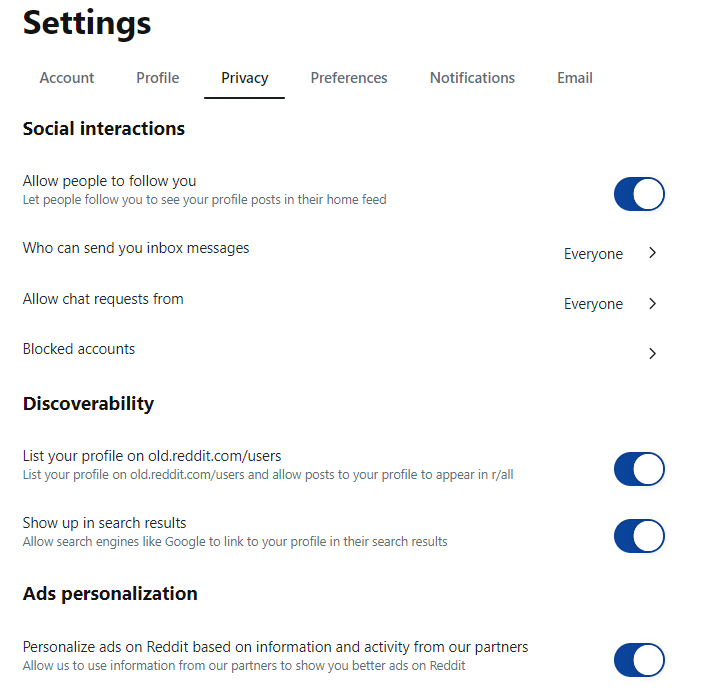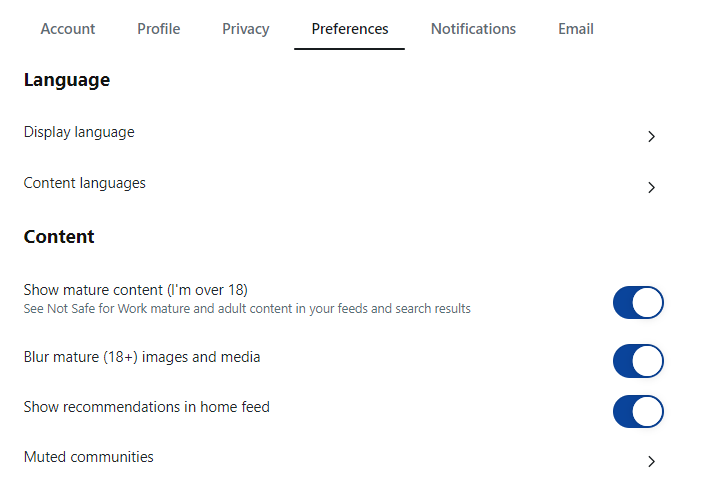How to Help Young Internet Users Stay Safe
On average, teens in the US spend eight to nine hours of their day using screens, with boys spending approximately one more hour than girls. Despite warnings about the overuse of the Internet, users obtain many benefits from their time online, including having access to information, connecting with friends, expressing themselves, and boosting their well-being.
Of course, all these benefits arise only when screens are used in moderation. As found in a recent study, brain scans indicate that teens who are addicted to the Internet undergo changes in the parts of the brain that are involved in active thinking.
These changes lead to additional addictive behavior, as well as changes in intellectual ability, physical coordination, and mental health. How can parents help their children strike the perfect balance between Internet use and a healthy, happy life?
Involving Children in Decision-Making
As kids grow up, they begin taking their first steps toward independence, and involving them in setting up boundaries for their Internet use is a great way to make them feel like their voice matters. When deciding how much time they should use on the Net for non-study-related matters, parents can set “non-negotiable limits” (for instance, no tech use in a child or teen’s bedroom at night) while also giving kids some leeway. For instance, if a child enjoys gaming, they can be given options (for example, they can choose to either play for half an hour a day after doing their homework or play for three hours total on weekends).
Honing Kids’ Digital Literacy
One of the most impactful ways of teaching children and adolescents the importance of keeping personal information private is to discuss real-life scenarios in which kids failed to do so. Real-life stories can show kids how fast information travels on the Net and how permanent what you post can become owing to the speed with which posts are shared. Useful tips to share with kids include accepting friendship invitations only from people they know in real life and keeping online-only friends to the virtual sphere or involving parents if they wish to meet a friend they have met online.
Kids should also know exactly what to do if they have an online conflict or if someone cyberbullies them. They should immediately report any such cases to parents, record evidence of bullying and other negative behaviors, and block bullies. Parents can help contact sites or apps to report bad behavior.
Monitoring Online Activity
Depending on the age of your children, your monitoring efforts need to vary. For instance, with young children, it is a good idea to place their computer in a common area (such as the living room) so you can keep an eye on what they are viewing. You can also block websites on Chrome and other browsers they access and use general monitoring services to monitor everything from how much time your child spends on apps to their online searches and social media use.
For younger children, you can consider blocking social media sites as a rule to avoid exposing them to cyberbullies. Since major social media platforms like TikTok, Instagram, and Twitter require users to be at least 13, it is also a good idea to block these platforms if your kids are underage.
Embracing the Art of Active Listening
If you want your kids to share their online experiences with you, then it is important to be a good listener. Kids should know that they can talk to you about the good and bad things they have encountered online without being responded to with emotionally reactive or judgmental words.
Active listening involves listening to someone else with full attention, allowing them to speak, and paraphrasing what they are saying so they know you are interested in what they are saying. It also involves holding back the urge to interrupt or give one’s opinion too quickly, before the person has had a chance to tell you everything that happened.
The Internet is a fact of life for most kids and has many academic and social benefits, so long as it is used in moderation. The good news is that parents can help their children make the most of online interactions. They can do so by listening to their children, teaching them digital literacy skills, and monitoring their Internet usage in an age-appropriate manner.














